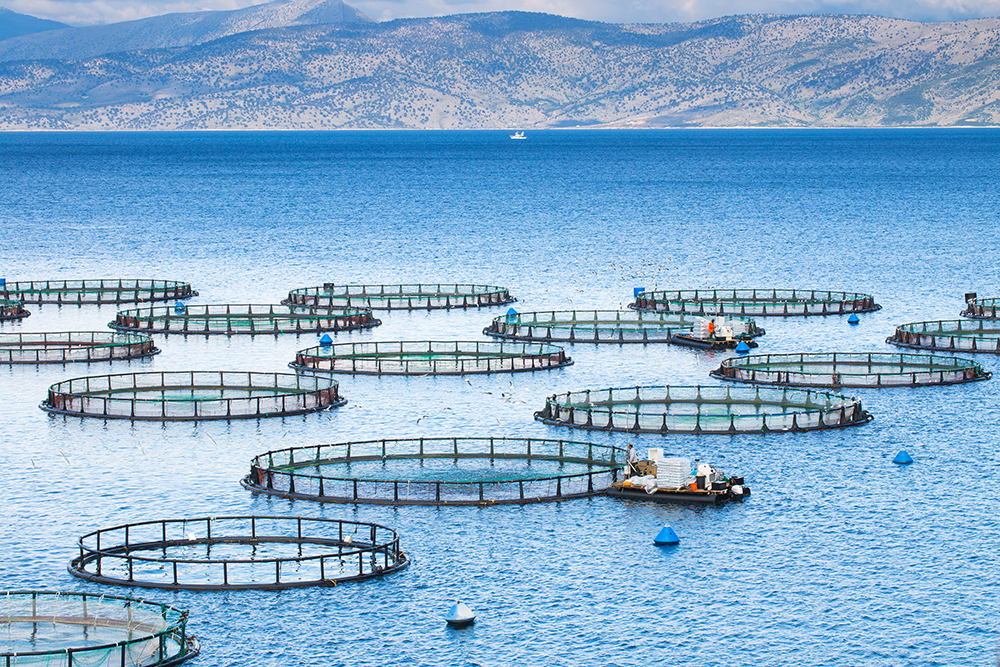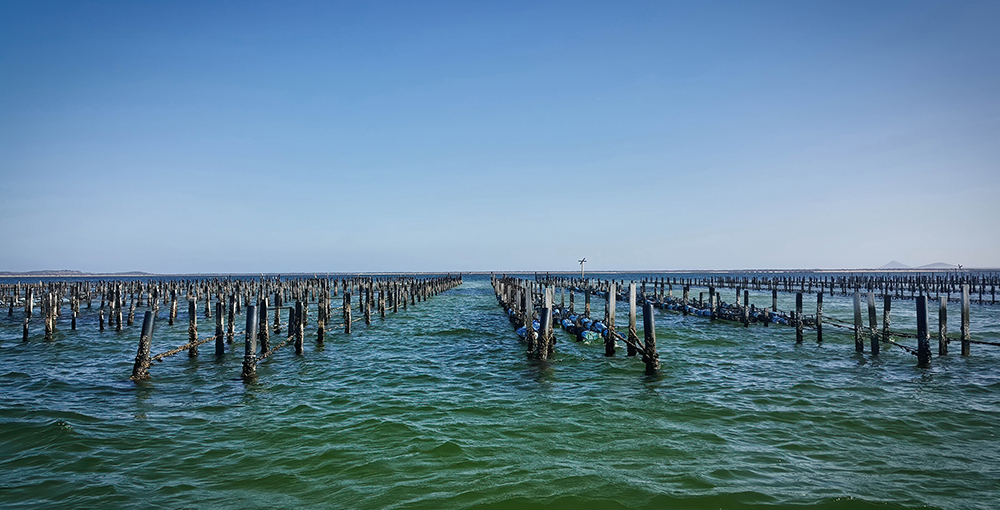
End-to-end integrated aquaculture planning
We help you through the various stages of aquaculture development to give businesses every chance of success.
Aquaculture is the fastest-growing food production sector globally, achieving 5.3% growth on average between 2001–2018 (FAO 2020).
The feasibility of any operation depends on many factors, including economic, social, and environmental considerations. Economic feasibility is based on the market and the proximity and the suitability of the growing site relative to local transport hubs, sensitive ecosystems, and local water quality conditions. Socio-environmental feasibility is as much about the benefits to the local economy as it is environmental sustainability, providing the necessary social licence to operate.

The success of any aquaculture development requires careful planning. Common questions include: Is there a market? Where and what species should I farm? What permits and approvals do I need?
Your market will depend on geography, projected consistency of yield (supply) and product demand. Consistent outcomes rely on selecting species (or group of) most likely to thrive at a given location, given available resources.

Site selection is critical to sustainable aquaculture development. Our site selection process considers land use and coastal zone suitability, examining environmental factors such as water quality, proximity to sensitive benthic habitats (habitat mapping), and met ocean factors such as wave climate and storm events. Analysis of other factors, such as local permitting requirements, EIA, disease risk and proximity to transport nodes, may also be considered.
Where there are multiple stakeholders, we use advanced modelling tools and constraint-based, multicriteria analysis to determine the suitability of potential sites based on key environmental, social, economic, and political considerations. Multicriteria analysis, such as MARXAN with Zones, is recommended where the area of interest contains multiple and often conflicting uses of natural resources.
Sustainable aquaculture development requires understanding the proposed production levels, climate, site hydrodynamics, and the local environment’s carrying capacity.
Our permitting and EIA services were developed in some of the most challenging regulatory environments in the world. Consequently, we have evolved an approach to EIA that is rigorous and commensurate with the requirements of government, NGOs, and the Aquaculture Stewardship Council.
